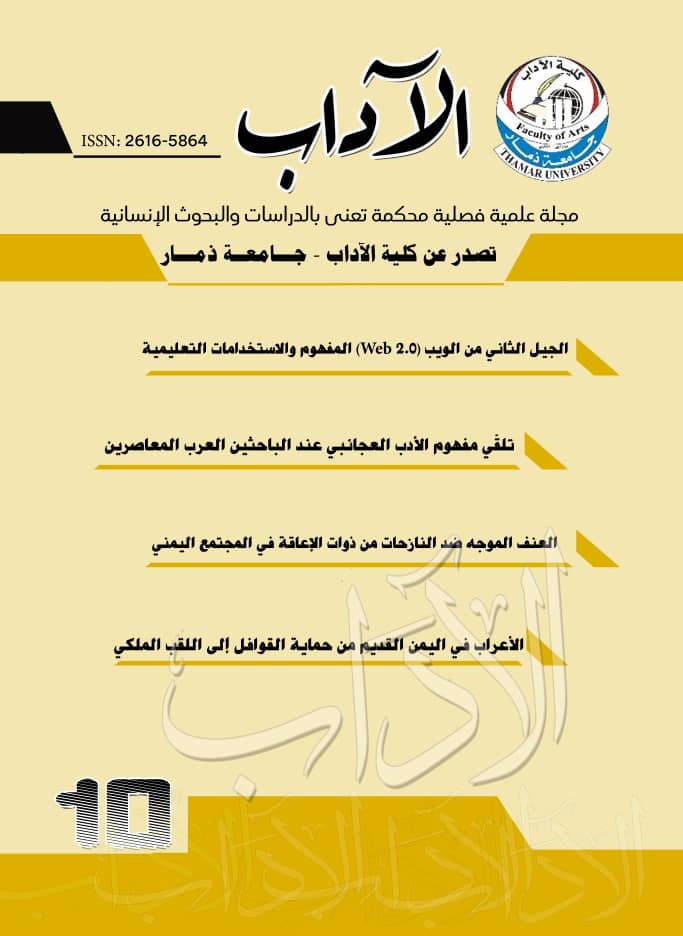Non-Verbal Communication in Sahih of Al-Bukhari: Common Appearances as an Example
DOI:
https://doi.org/10.35696/.v1i10.597Keywords:
Nonverbal communication, Sahih Bukhari, Prophetic hadith, Public bodiesAbstract
Everybody has his own appearance; and every appearance has a special body image; and every image has its own related word like a photograph which expresses the appearance. In non-verbal communication, the appearances have in general plain connotations in illustrating and transmitting a clear trenchant picture. The number of such non-verbal communication in Sahih of Al-Bukhari reaches 140 Prophetic Hadith, many of which expressed meanings more clearly than of those with verbal communication. Most of the time, the non-verbal communication supported the verbal ones in explicating and completing the meaning, a thing that makes non-verbal communication obtain more credibility. The significance of the general appearances, whether they were expressed by the narrator of the Hadith or indicated through the context of their situations, consists in the establishment of communication, the establishment of the movement which replaces the pronunciation, the expression of many meanings, explaining and sketching those meanings and forming them in a way through which the meanings are embodied in a sense. All this is to make meanings simpler and more comprehensive for some of the Prophet’s companions, especially when most of those meanings may make a source of legislation. This enhances the status of the sign in verbal behavior, its role in revealing the purposes of the speaker or other rhetorical purposes.Downloads
Download data is not yet available.
Downloads
Published
2019-03-01
How to Cite
Hamood, K. R. A. . (2019). Non-Verbal Communication in Sahih of Al-Bukhari: Common Appearances as an Example. Journal of Arts, 1(10), 183–214. https://doi.org/10.35696/.v1i10.597
Issue
Section
1
License
Copyright (c) 2021 خالد راشد علي حمود (مؤلف)

This work is licensed under a Creative Commons Attribution 4.0 International License.
Copyright and Licensing
For all articles published in journal, copyright is retained by the authors. Articles are licensed under an open access Creative Commons CC BY 4.0 license, meaning that anyone may download and read the paper for free. In addition, the article may be reused and quoted provided that the original published version is cited. These conditions allow for maximum use and exposure of the work.



